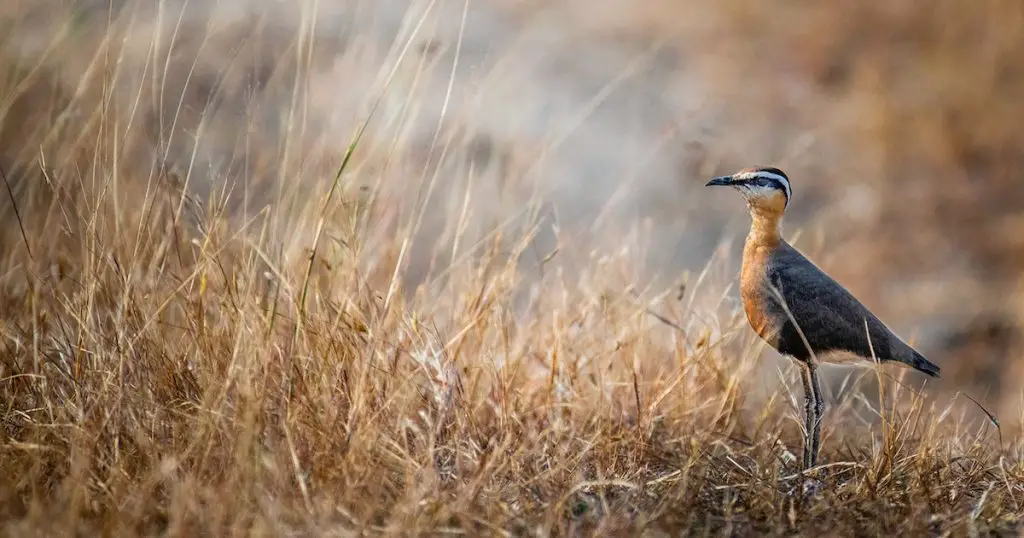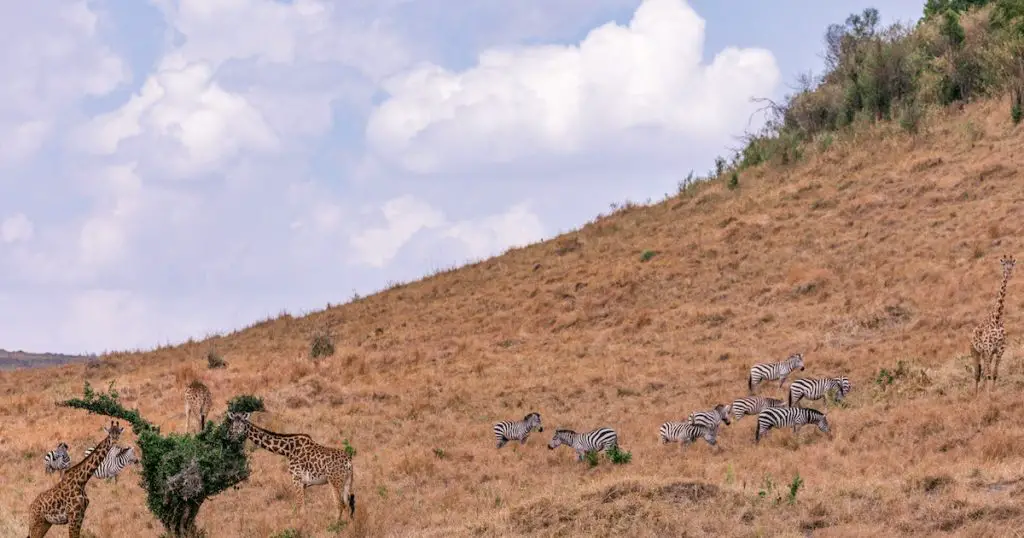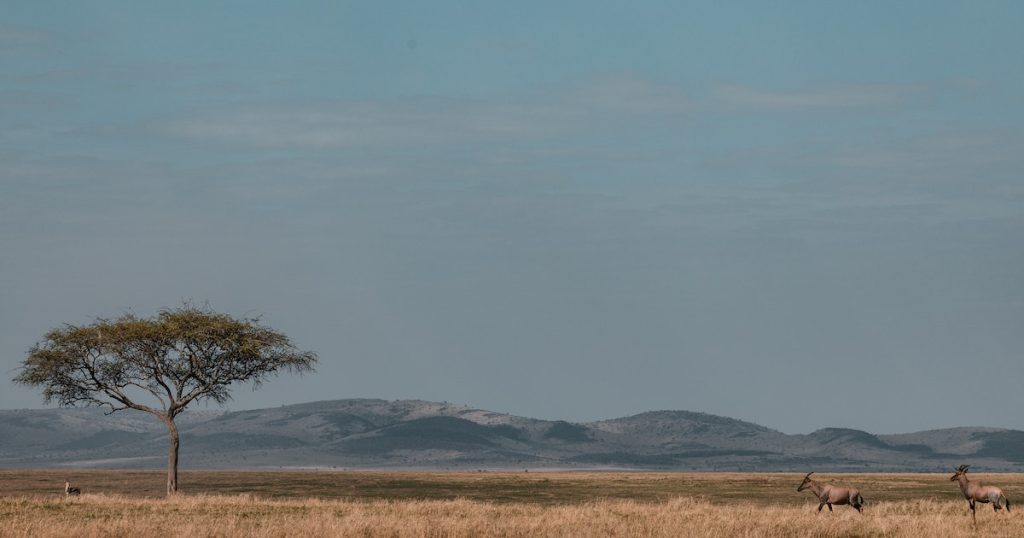Nestled amidst the diverse landscapes of Arizona, Prescott stands as a beacon of nature’s splendor. Its unique ecosystem and biodiversity have been a focal point for nature enthusiasts.

As the delicate balance of its environment faces increasing challenges, wildlife conservation projects in Prescott have become paramount. This article dives deep into these initiatives, highlighting their significance and the continued efforts to preserve the enchanting wilderness of Prescott.
Historical Context of Conservation in Prescott
The roots of conservation in Prescott trace back to a time when the city’s expansive landscapes were only beginning to experience the impacts of human intervention. Early settlers recognized the beauty and importance of the region’s biodiversity and took preliminary steps to protect it.
Notable figures, such as environmentalist Aldo Leopold, influenced a generation of conservationists in the area even if they weren’t directly tied to Prescott. Their teachings emphasized the interconnectedness of nature. According to the Aldo Leopold Foundation, Leopold himself once mused about the deep ties that bind all creatures and elements in nature.
Different Types of Wildlife Found in Prescott
Prescott’s rich biodiversity is evident in its vast range of animal species. Mammals, from the nimble-footed coyotes to the bustling ground squirrels, showcase the vibrancy of life in the region.
Birdwatchers, meanwhile, are often spellbound by the avian diversity. Prescott skies are frequented by species such as the majestic bald eagle and the melodious western bluebird. A detailed list can be found on Audubon’s official site, showcasing the wide variety of birds that one might encounter in Prescott.
Reptiles and amphibians, although often overshadowed by their more charismatic counterparts, play crucial roles in maintaining ecological balance. From the sun-loving lizards to secretive salamanders, they can be found across various habitats in Prescott.
Insects and invertebrates, though tiny, have an enormous impact. As per an article on Nature.com, these creatures help in pollination, and decomposition, and serve as food sources for many animals.
Prescott’s Key Conservation Areas
Prescott’s conservation areas serve as the lifeline for many species. Forests and woodlands act as nature’s lungs, providing fresh air and being home to various flora and fauna. These vast expanses of green are vital for the survival of numerous species and offer recreational opportunities for humans. The US Forest Service provides more details on how these forests are managed sustainably.
Wetlands and ponds, often described as nature’s kidneys, play a pivotal role in filtering water and offering habitats for aquatic life. They act as breeding grounds for many animals and play a critical role in maintaining the water table.
Grasslands stretch as far as the eye can see, serving as grazing areas for herbivores and hunting grounds for predators. They hold a delicate balance of life and are essential for the survival of many species.

Urban pockets, where nature and city coexist, have become increasingly crucial. These areas, often parks or green spaces within the city, offer a respite for urban-dwelling wildlife.
Ongoing Conservation Projects
Prescott’s commitment to conservation isn’t just historical; it is an ever-evolving endeavor. The focus on habitat restoration initiatives, for instance, is more than just replanting trees. These efforts are about reviving entire ecosystems, ensuring that flora and fauna native to Prescott have the environments they need to thrive.
The National Wildlife Federation offers resources on how habitat restoration makes a difference not only to wildlife but also to the communities around them.
Wildlife monitoring programs are another cornerstone of ongoing conservation projects. Through advanced tracking systems, drones, and on-the-ground surveys, experts keep a vigilant eye on animal populations. This data helps in predicting migration patterns, understanding changes in behavior, and preempting potential threats. Organizations like the Wildlife Conservation Society have emphasized the importance of these monitoring systems.
Public education and engagement take the concept of conservation beyond the experts, involving the community at large. By conducting workshops, seminars, and nature walks, Prescott ensures that every resident becomes a steward of the environment.
Websites like Project WILD provide educators with resources to teach younger generations about the importance of wildlife conservation.
Species-specific projects deserve a special mention. These tailor-made initiatives focus on species that are endangered or require specific conservation efforts. Whether it’s the reintroduction of a bird species that once thrived in Prescott or rehabilitation programs for injured animals, these projects ensure that no species is left behind.
Challenges Faced by Conservationists
Every mission has its challenges, and wildlife conservation in Prescott is no exception. One of the most significant challenges is urban development leading to habitat fragmentation. As Prescott grows and expands, its urban footprint encroaches on wildlife habitats. An article on BBC Future discussed the global implications of urban development on wildlife.
Climate change poses another looming threat. Rising temperatures, unpredictable weather patterns, and extreme weather events directly impact Prescott’s biodiversity. The Intergovernmental Panel on Climate Change has extensively documented these threats.

Poaching and illegal activities remain a constant concern. Despite stringent laws, illegal hunting and trade in animal parts continue in pockets around Prescott.
Lastly, limited resources, particularly funding, often hinder the scope of conservation projects. Sourcing funds and channeling them effectively remains a challenge for many conservation groups.
Community’s Role in Conservation
Prescott’s community stands at the forefront of conservation efforts. Local groups and organizations are the unsung heroes who often work behind the scenes. From organizing clean-up drives to patrolling forests, these groups are the backbone of conservation.
Schools and the youth play a pivotal role. By integrating conservation education into the curriculum, schools in Prescott are molding the future protectors of the environment. Programs such as those offered by Eco-Schools help in instilling these values.

Volunteers, from all walks of life, contribute significantly. Whether it’s a weekend tree-planting drive or assisting researchers with data collection, every effort counts.
FAQs: Wildlife conservation projects in Prescott
In this section, we will be delving into some of the most common inquiries and curiosities that surround our topic.
Why is wildlife conservation important for Prescott?
Wildlife conservation is essential for maintaining Prescott’s unique biodiversity, ecological balance, and natural beauty. Beyond the intrinsic value of wildlife, conservation supports ecosystem services that benefit humans, like clean water, air, and recreation opportunities.
How can I join a local conservation group?
Many local groups in Prescott welcome volunteers and members. A simple online search or a visit to the community center can provide information. Websites such as VolunteerMatch can also help connect individuals with organizations that align with their conservation interests.
What are some of the most endangered species in Prescott?
While the specific list might change over time, certain species in the region have been under threat due to habitat loss, climate change, and other factors. Local conservation organizations frequently update lists of species that are at particular risk.
How does climate change impact wildlife in Prescott?
Climate change affects wildlife in various ways, from shifting habitats and food availability to increased vulnerability to diseases. National Geographic has covered some of the broader impacts of climate change on global wildlife, many of which are applicable to Prescott’s local fauna.
How are the conservation projects funded?
Funding for conservation projects in Prescott comes from multiple sources: government grants, donations from private individuals, corporate sponsorships, and fundraising events. Many local and international organizations, such as the Nature Conservancy, also collaborate with regional partners to fund and support projects.
Summary
Prescott, with its rich tapestry of landscapes and species, stands as a beacon for conservation. From its historical initiatives to its ongoing projects, the city demonstrates the profound impact a community can have when united under the banner of conservation. As we’ve explored, the road hasn’t always been easy, with numerous challenges threatening Prescott’s natural treasures.
Yet, with passion, knowledge, and collaborative efforts, these hurdles become surmountable. The overarching message is clear: protecting Prescott’s wildlife is not just a task for conservationists but a collective responsibility we all share.
As the community and its members continue to embrace this role, the promise of a harmonious future where nature and civilization coexist becomes ever more achievable.



Leave a Comment
You must be logged in to post a comment.